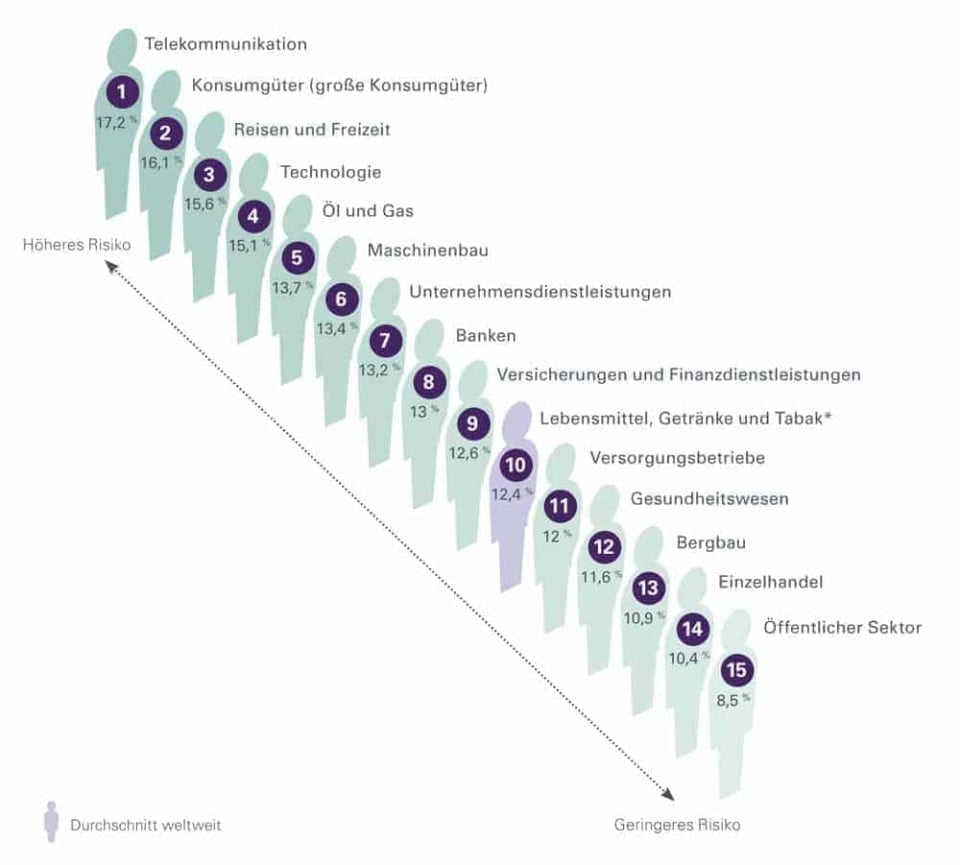Analyzing The Challenges: Foreign Automakers' Experiences In The Chinese Market

Table of Contents
Navigating the Regulatory Landscape
The regulatory environment for foreign automakers in China is notoriously complex. Successfully navigating this landscape requires significant resources and expertise.
Complex Bureaucracy and Regulations
China's automotive industry is heavily regulated, posing significant challenges for foreign entrants. These challenges include:
- Lengthy Approval Processes: Getting new models and technologies approved can be a time-consuming and bureaucratic process, delaying market entry and potentially impacting profitability. This often involves multiple government agencies and extensive documentation.
- Stringent Regulations: Emission and safety standards in China are often stricter than international norms, requiring significant investment in R&D and adaptation. Meeting these standards is crucial for gaining market access and avoiding penalties.
- Regulatory Volatility: Regulations are subject to frequent updates and changes, demanding continuous monitoring and adaptation from foreign automakers. This requires flexibility and the ability to rapidly adjust strategies.
- Strategic Partnerships: Navigating the regulatory maze effectively often necessitates strong partnerships with local Chinese companies, providing valuable insights and navigating the complexities of the local system.
Localization Requirements and Joint Ventures
Chinese regulations often mandate joint ventures with domestic partners, creating both opportunities and challenges:
- Joint Venture Dynamics: Sharing control and decision-making power within a joint venture can lead to conflicts and complexities in strategy and operations. Managing these relationships effectively is crucial for success.
- Localization Pressure: There's significant pressure to localize production and supply chains to reduce costs, access government incentives, and improve responsiveness to the local market. This can require substantial investment in local infrastructure and partnerships.
- Balancing Global and Local Preferences: Foreign automakers must carefully balance global brand standards with the unique preferences and demands of the Chinese consumer market, often requiring customization of designs and features.
- Partner Selection: Choosing the right local partner is critical. Risks exist in partnering with less experienced or reliable firms, potentially hindering efficiency and profitability.
Intense Competition and Market Dynamics
The Chinese automotive market is fiercely competitive, characterized by both established and rapidly emerging domestic players.
Rise of Domestic Automakers
Domestic Chinese automakers are increasingly posing a significant threat to foreign competitors:
- Aggressive Pricing: Established and emerging Chinese brands frequently employ aggressive pricing strategies, making it difficult for foreign automakers to compete, particularly in lower price segments.
- Rapid Innovation: Chinese automakers are rapidly innovating, particularly in areas such as electric vehicles and connected car technologies, posing a challenge to established foreign players.
- Consumer Preference Shift: A growing number of Chinese consumers are favoring domestically produced vehicles, especially in the budget-friendly segments, pushing foreign automakers to differentiate their offerings.
- Differentiation Strategies: Foreign automakers need to differentiate themselves through superior technology, strong branding, exceptional customer service, and unique features to compete effectively.
Understanding Consumer Preferences
Catering to the diverse preferences of Chinese consumers is a crucial factor for success:
- Regional Variations: Consumer preferences vary significantly across different regions and demographics within China, requiring tailored marketing strategies.
- Technological Demands: Chinese consumers increasingly demand advanced technology, connectivity features, and sophisticated safety systems in their vehicles.
- Effective Branding: Successful foreign automakers effectively adapt their branding and marketing strategies to resonate with the Chinese market, often requiring localization and cultural sensitivity.
- Building Brand Loyalty: Overcoming existing biases towards domestic brands and building strong brand loyalty requires consistent quality, excellent service, and targeted marketing campaigns.
Infrastructure and Supply Chain Challenges
Operating in China presents logistical and supply chain complexities:
- Supply Chain Development: Building robust and reliable supply chains within China requires careful planning and strong relationships with local suppliers.
- Distribution Networks: Managing logistics and distribution networks across China's vast and diverse geography requires efficient infrastructure and planning.
- Supply Chain Disruptions: Infrastructure limitations and unforeseen events can disrupt supply chains, requiring contingency planning and flexible strategies.
- Component Sourcing: Ensuring a consistent supply of high-quality components and raw materials is essential for maintaining production efficiency and product quality.
Economic and Geopolitical Factors
Macroeconomic and geopolitical factors significantly impact the automotive market in China:
- Economic Fluctuations: Fluctuations in the Chinese economy directly influence consumer spending and automotive sales, requiring adaptive business strategies.
- Geopolitical Uncertainties: Navigating trade tensions and geopolitical uncertainties significantly impacts market stability and investment decisions.
- Currency Volatility: Fluctuations in currency exchange rates can directly affect the profitability of foreign automakers operating in China.
- Government Policies: Adapting to changing government policies and economic reforms is essential for long-term success in the Chinese market.
Conclusion
Successfully operating as a foreign automaker in China requires a deep understanding and proactive management of numerous challenges. From navigating a complex regulatory landscape and intense competition to adapting to diverse consumer preferences and macroeconomic volatility, the hurdles are significant. However, the potential rewards are equally substantial. By carefully considering these factors and employing strategic partnerships, flexible strategies, and thorough market research, foreign automakers can significantly increase their chances of success in this dynamic and lucrative market. A robust understanding of the Chinese market and a willingness to adapt are crucial for any foreign automaker seeking to thrive in this demanding but rewarding environment.

Featured Posts
-
 John Wick In Las Vegas Embody The Baba Yaga
May 12, 2025
John Wick In Las Vegas Embody The Baba Yaga
May 12, 2025 -
 2025 Indy 500 Analyzing The Riskiest Positions For Drivers
May 12, 2025
2025 Indy 500 Analyzing The Riskiest Positions For Drivers
May 12, 2025 -
 Did Cbss Vma Simulcast Seal Mtvs Fate
May 12, 2025
Did Cbss Vma Simulcast Seal Mtvs Fate
May 12, 2025 -
 Eric Antoine Devoile Sa Nouvelle Compagne Lors De La Premiere De Son Spectacle
May 12, 2025
Eric Antoine Devoile Sa Nouvelle Compagne Lors De La Premiere De Son Spectacle
May 12, 2025 -
 Max Orders Crazy Rich Asians Series Original Filmmakers Return
May 12, 2025
Max Orders Crazy Rich Asians Series Original Filmmakers Return
May 12, 2025
